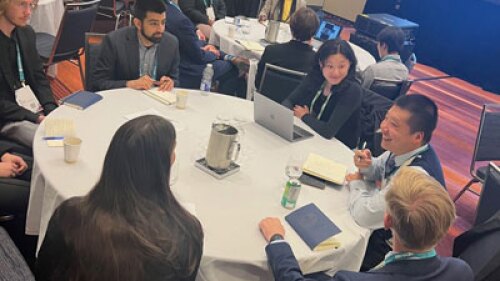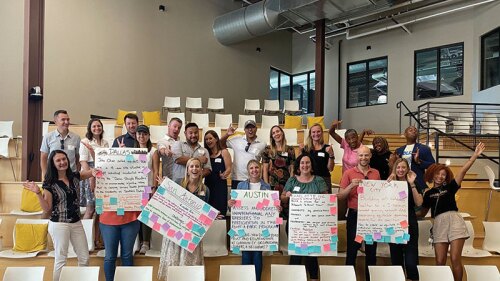Transportation demand management (TDM) policies that require access to travel options as part of the development process can be highly effective in the creation of communities that provide mixed-use, higher-density development without increasing traffic congestion, according to a new ULI publication.
Building a Multimodal Future, written by ULI member and TDM expert Justin B. Schor, principal at Wells + Associates; and Federico Tallis, a transportation planner with VHB, provides an in-depth look at TDM best practices, including the implementation of TDM in conjunction with the permitting or rezoning process. According to the authors, instead of expanding or adding thoroughfares to accommodate the influx of residents living in higher-density environments (and likely creating more congestion), TDM focuses on the most efficient use of existing transportation systems that can be achieved by influencing use through user incentives as well as consistent enforcement of TDM policies.
TDM applications, including the effectiveness of enforcement and achievement of goals, are examined in ten communities. Based on the experiences of these communities, the authors developed six best practices for crafting a TDM policy:
- Focus on achieving the outcome by allowing flexibility in tactics, rather than implementing rigid policies that can quickly become obsolete;
- Establish quantifiable performance goals not just to determine progress toward compliance, but also to provide clear assurances on transportation impact;
- Verify quantifiable performance goals with monitoring and evaluation;
- Leverage the information gleaned from annual reporting to help TDM programs evolve and improve;
- Make upfront investments in personnel to establish effective TDM policy administration; and
- Ensure predictability with TDM throughout the development process.
“Our hope is that this book will inspire developers and local government leaders to work together to create and apply TDM policies and strategies that will allow their communities to grow more sustainably, with increased density and mixed uses, and reduced traffic congestion,” the authors conclude.
Building a Multimodal Future is available through ULI’s online bookstore. ULI members receive a 25 percent discount; for details, email [email protected] or call 800-321-5011.




